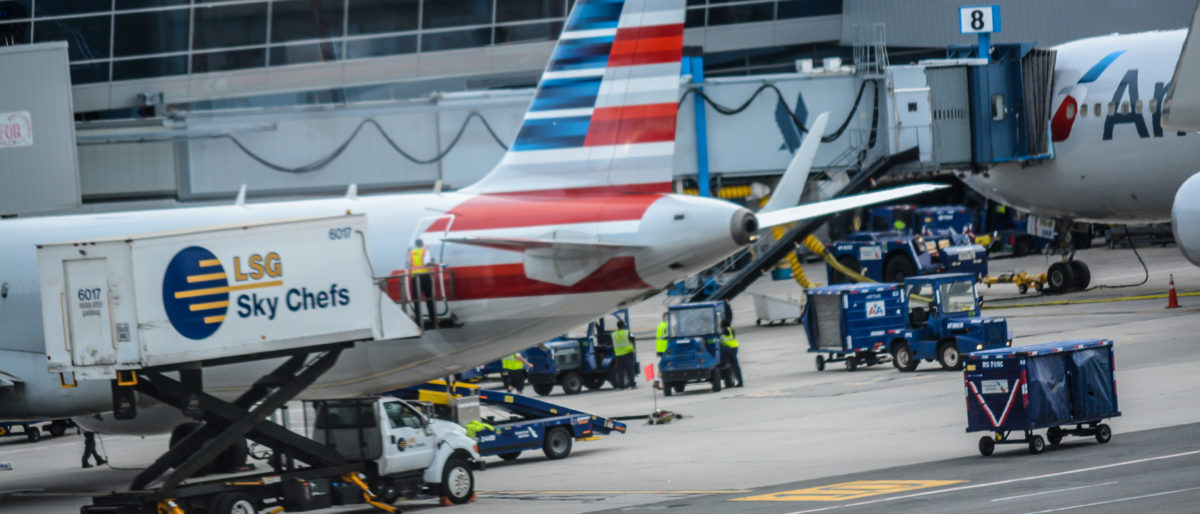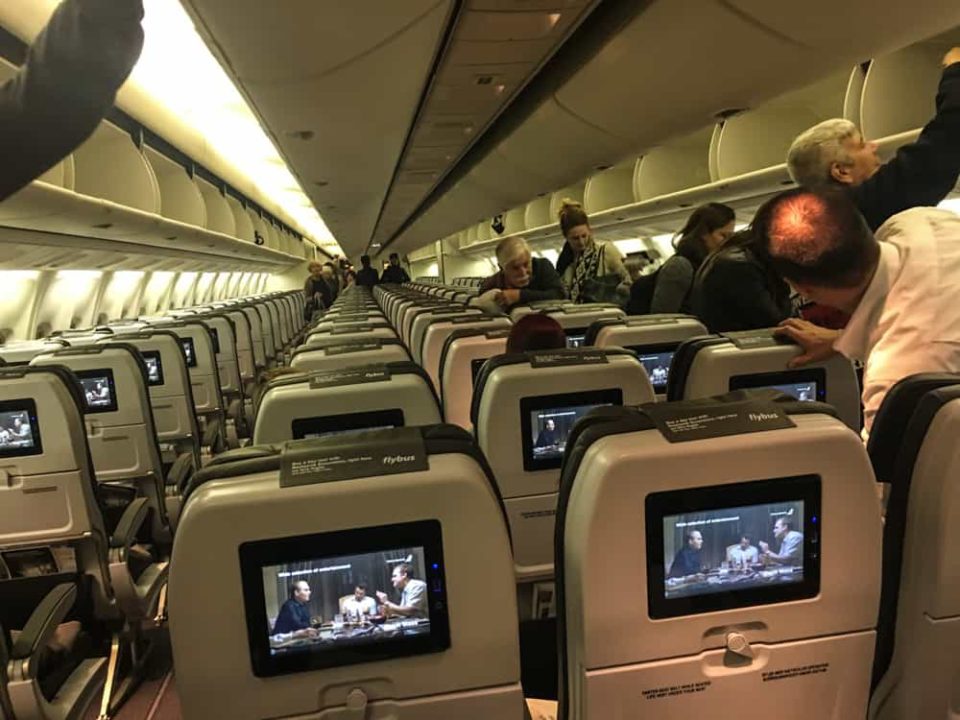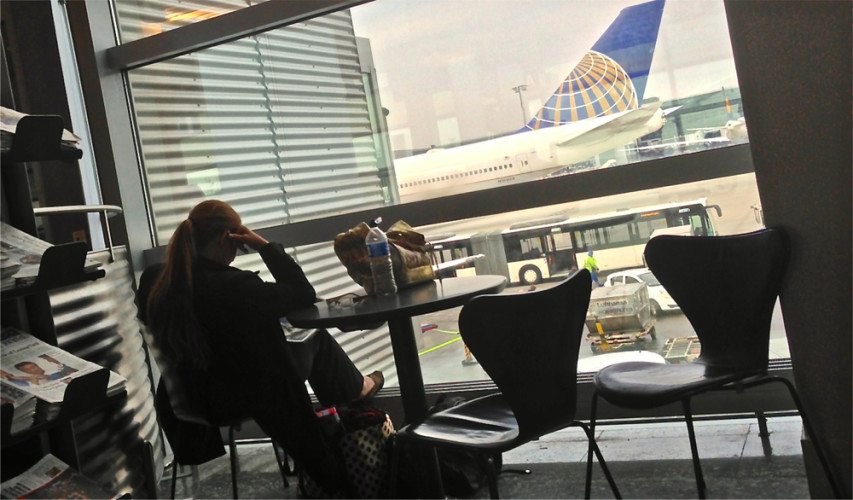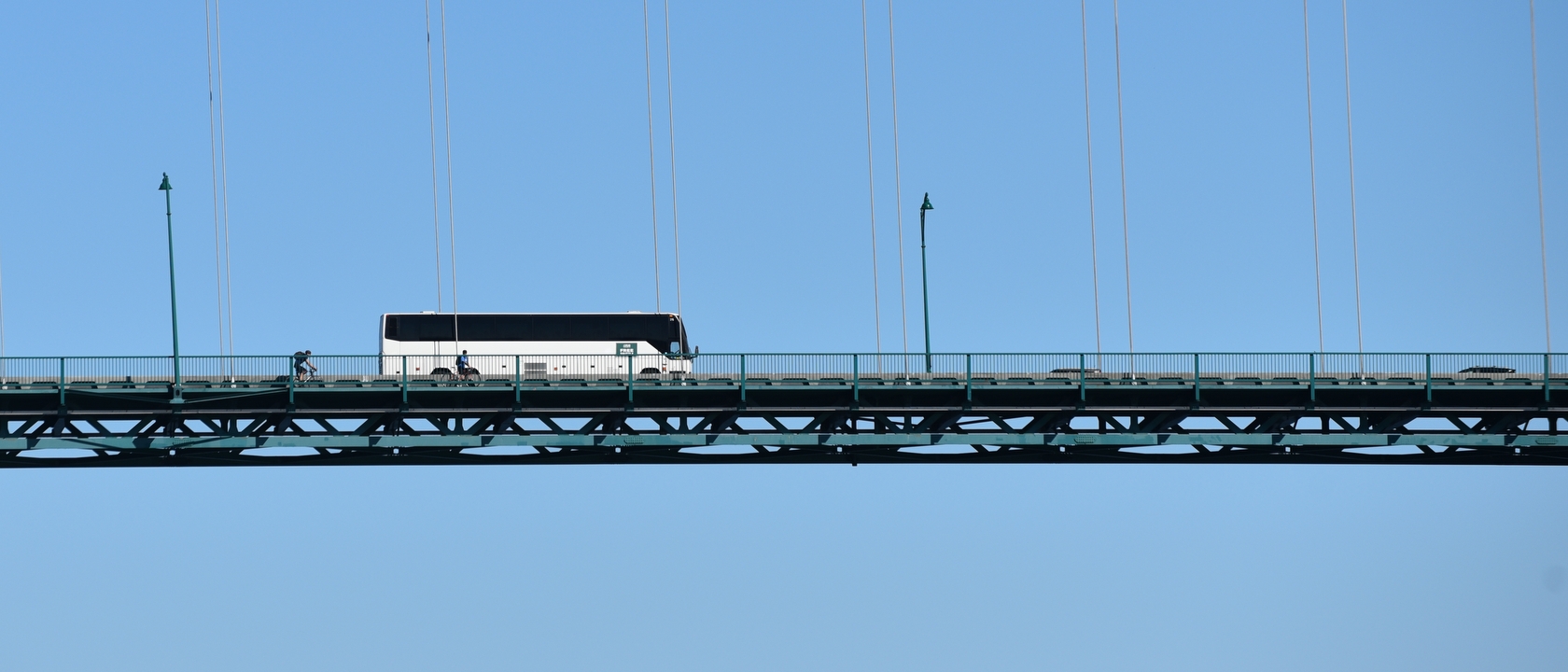A number of passengers on any given sailing from the United States drive to the port of embarkation. Conveniently-located cruise homeports around the country can eliminate the need to find and book flights, making a positive impact on the travel budget. For everyone else, driving is not a viable option for one reason or another. They have to fly. That means adding another packing variable to comply with baggage rules. Frankly, the farther away the embarkation port is from home, the more time and focus your flight planning strategy will take. Still, “Travel Day” is an event that can be more or less pleasant depending on the attention we pay to critical flight planning fails. We begin with missed flight connections, one of the most commonly worried-about elements of flying.

Breaking down the process of flying to and from your cruise, Critical Flight Planning Fails is a series aimed at making the process of getting to the ship by air as painless as possible. Making an active effort to anticipate potential problem parts of travel helps with that. Let’s start in the middle with some guidelines for when travel plans call for connecting flights. Why start in the middle? We’ll get to that shortly.
A Good Connection Guideline To Start With
Putting the cart a bit ahead of the horse, a good rule of thumb for making flight connections when flying from an airport in the continental United States:
- One hour for domestic flights and
- Two hours for international flights

Consider those recommendations a good place to start but not the final call when planning fights. That recommended minimum amount of time may be spot on accurate, way too much time or not nearly enough. Actual time to get from one gate to another will depend on a number of other variables and factors that affect them:
- Get Ready To Get Off- Before flight #1 lands and it is time to make it to flight #2: get ready. Use the lavatory on the plane so there is no need to stop on the way to the next gate. Check seat pockets, under seats and in overhead bins: know where all the belongings you brought onto the plane before time to get off. As the plane begins its final approach to the airport, recheck were your next gate is located to know exactly where to go when you land. I
- Your Seat Location– Airlines board planes a number of ways to get passengers on the aircraft and seated in the most efficient way. When the plane lands it deplanes passengers in from front to back. On flights with plenty of time between connections or on the last leg to your final destination, your seat location really does not matter all that much. Tight connections might dictate choosing a seat closer to the front of the aircraft to enable getting off of it a quicker process.
- Go To The Next Gate First- Once off the plane, go directly to your next gate. Do not stop to use a restroom, shop or eat. If you see a good friend you have not seen in years, keep moving and get to the next gate in the most efficient manner available. That means having copies of the airport layout handy and accessible on the plane. Example: If the plane arrives at Terminal A, Gate 12 and the next flight is at Terminal A, Gate 84, we know several things: There is no need to change terminals. If the plane does bring you to gate 12, when you get off the plane you will turn left and keep walking. Details like this can make a lot of difference in your overall flight experience.
- You– Your physical ability to move from one gate to another can make a big difference. If physical challenges make connecting difficult, request assistance from the airline in advance of flying. Someone will be there to help you get on the first flight. You will be boarded first and have a few minutes to get settled in before most passengers deplane. This is great for getting on the first plane, potentially a bad thing when making connections. Odds are if you were assisted on the plane you may be asked to let other passengers get off before being assisted off the plane. That could slow down the process of getting from one gate to the next. On the upside, the airport person who assists you will know the layout of the airport and can probably get you to the next gate faster than running.
- Airport Layout– the bigger and more complicated the layout of an airport, the more time it may take to get to the next gate.
- Local Weather And Weather Where The Flight Came From- Bad weather at either end of a flight or while in the air can affect the time that first flight makes it to your airport. What the weather was where the connecting plane came from is a rather obscure little fact to know but might be an important one. It’s a tiny little fact in the grand scheme of things. Still, at some point, if enough of those tiny little things go wrong, those incremental flight planning fails can add up to a less enjoyable flight than it might have been or a missed connection.
- Weather Where The Flight Will Go- I have sat on the tarmac in Orlando for an hour or so before past the time to depart. This does nothing for my confidence about making a connection at the next airport. Say I was flying from Orlando to Atlanta then on to Europe and I have 90 minutes between connections. That’s well within the commonly suggested one-hour connecting time between domestic flights but all of the sudden we have used up an hour of that time sitting on the ground it Orlando. If everything else goes well, that leaves 30 minutes to get to the next gate. Still not a real reason to panic very much except for one big reason which brings us to #8
- Research Backup Flights- When first planning flights, you may have had a number of options from which to choose. Naturally, you chose what looked to be the best option, all your personal reasons considered. Now, something has changed and for one reason or another, you missed your connection. Now, that flight that might have been your second choice when you made this booking months ago is looking pretty good. Know at least: the next flight on the same airline to the same place your missed connection might have taken you.
- App It Up- Smartphone apps can be a huge help when flying. Most airlines have their own app, complete with terminal maps, the ability to track checked luggage and more. On the above example referring to backup flights, on some airlines they may have been able to rebook on the next available flight before even getting off the first flight. It’s also a good idea to have a bit of redundancy in apps. A trip-planning organizer like TripIt keeps all travel plans in one place and can suggest alternative flights if you miss your connection.
- International Flights Often Board An Hour In Advance Of Departure- That means more to passengers who travel with carry-on luggage only and desperately need overhead bin storage space.
- Airline-Related Issues- Occasionally, it’s not the weather or traveler ability to make connections but an issue with the aircraft that can cause a missed connection. You were there on time. The plane was not. Obviously, it’s difficult to predict when something like this would happen but that backup flight list sure might come in handy.
- It’s Between You And The Airline- Regardless of how you got your ticket to fly (travel agent, airline direct, or a third-party source including the cruise line) when things go wrong they are most efficiently handled directly between the passenger and the airline. It’s the airline that will fix the problem going forward. Actually, if your connection was missed before you landed, the airline might have already rebooked you on the next available flight.
- Expedite The Process- becoming a known traveler with the Global Entry program brings the shorter, faster TSA PreCheck line. That’s not as big of an issue flying out of the United States; just arrive at the airport early and allow plenty of time to make it through security. When expediting the process comes into serious play on making connections is when reentering the country. That happens, for the most part, on your first stop after entering United States airspace. That first stop will require going through passport control which can be a long process without Global Entry. Get more help expediting the process by joining CLEAR which bypasses what can now be a rather long line at the TSA PreCheck lane, taking you to the front via CLEAR.

So back to “why start in the middle with connections?”. The reason is simple. Breaking down standard elements of any travel experience to their individual pieces brings big bold topics like Making Connections helps focus on that particular topic in detail. Some similarly important topics include Seat Selection, Luggage Plans, In Flight Experience and more. Each one is a standalone topic in and of itself but some parts go well more often than others. Breaking it down we also see how one part going poorly can affect the overall experience if we let it. We won’t let it by thinking ahead and checking off all the boxes.
Critical Flight Planning Fails is a series aimed at making the process of getting to the ship by air as painless as possible
